By 1943 the German army and Luftwaffe realized that large-scale Allied bombing raids were going to be a regular part of the war.
The Germans devised a multiple part defence plan.
Step 1:
The Germans built a series of early-warning radar stations along the Belgian, Dutch and German coast. These regions also
had extensive batteries of high performance 88 mm anti-aircraft guns working in partnership with long range spotlights.
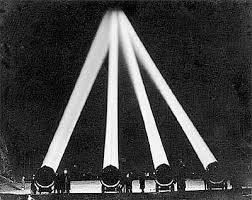
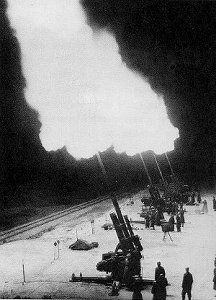
Step 2:
Radar stations in Germany directed specialized night fighter aircraft towards the bombers. Later in the war Ju 88, Me 110 and Me 410
twin engine night fighters carried their own radar sets. Night fighters specialized in rapid climbing to 20,000 feet and attack from below.
The German planes carried powerful 20 and 30 mm cannons to smash Allied planes.
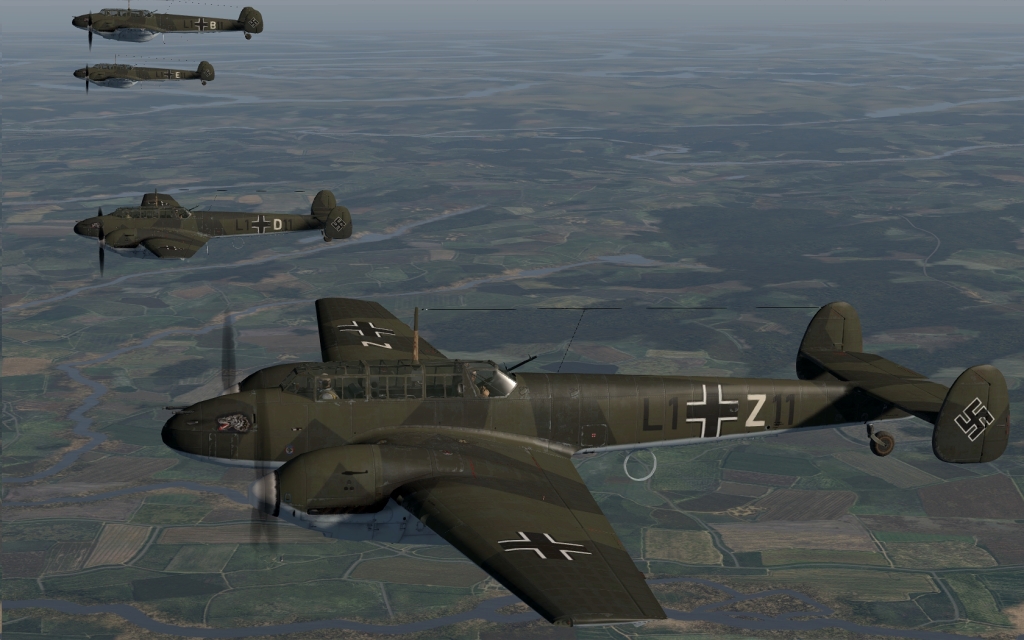
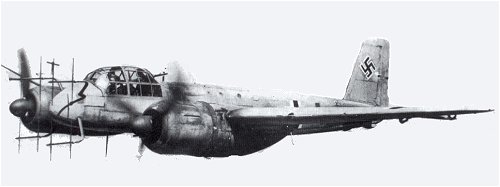
Step 3:
As the bombers approached a German city, more batteries of anti-aircraft guns and spotlights tried to destroy the bombers or at least disrupt their aim.
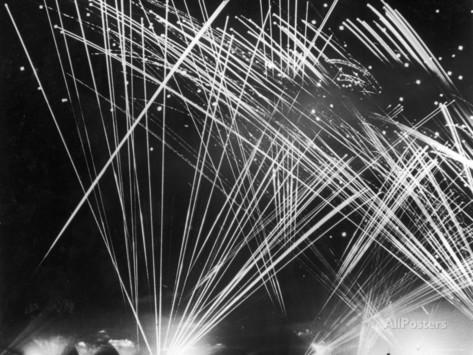
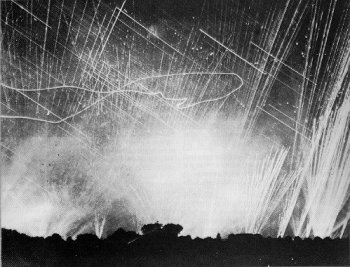
Step 4:
The Germans continued to attack the bombers even after they had dropped their bomb loads. New teams of German night fighters attacked stragglers
or damaged planes, and the Allied bombers had to run the gauntlet of anti-aircraft fire over the coast a second time.
German defensive measures destroyed or crippled roughly 5% of Allied bombers on every mission. Over the course of the war over 50,000 Allied aircrew died on bombing missions.